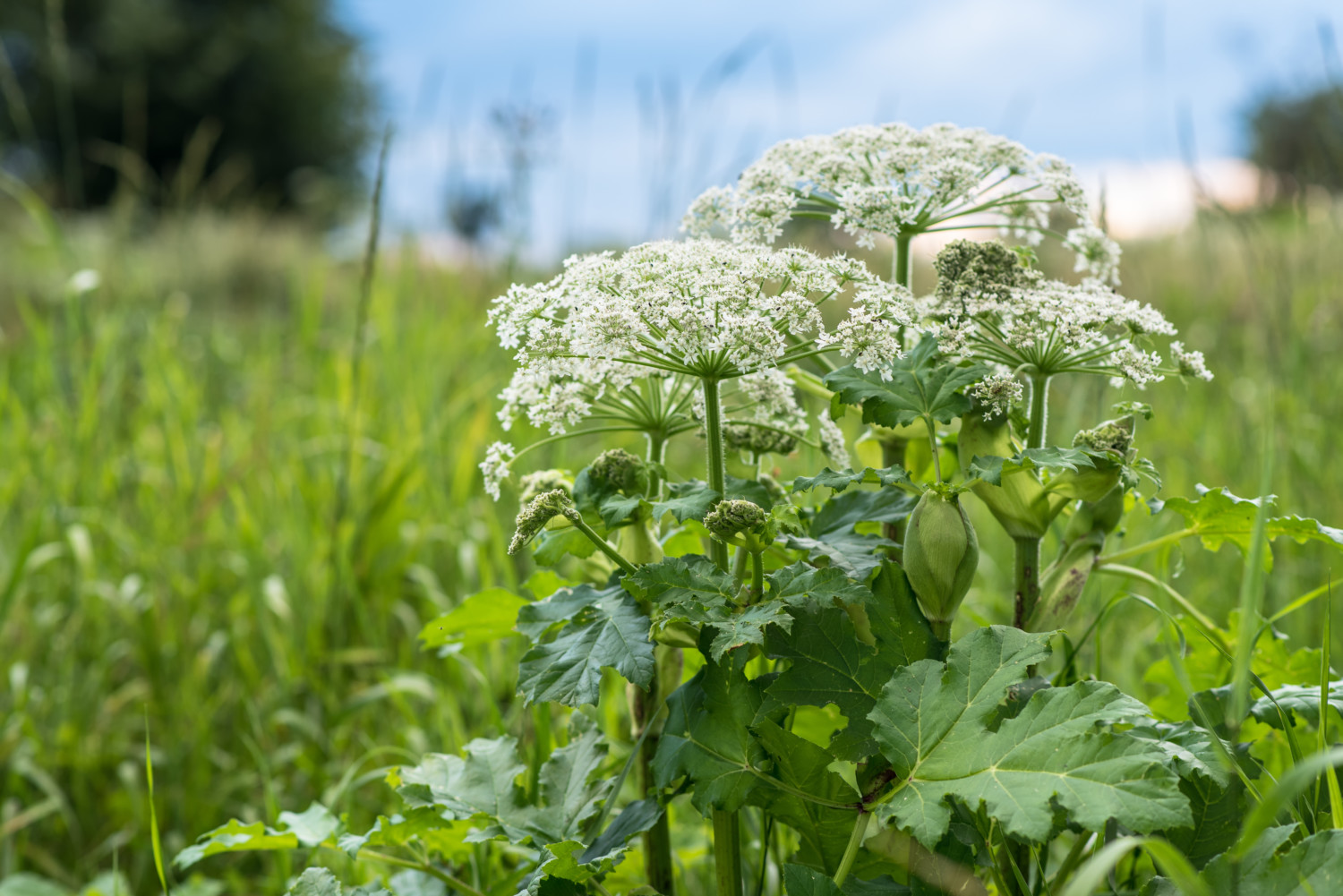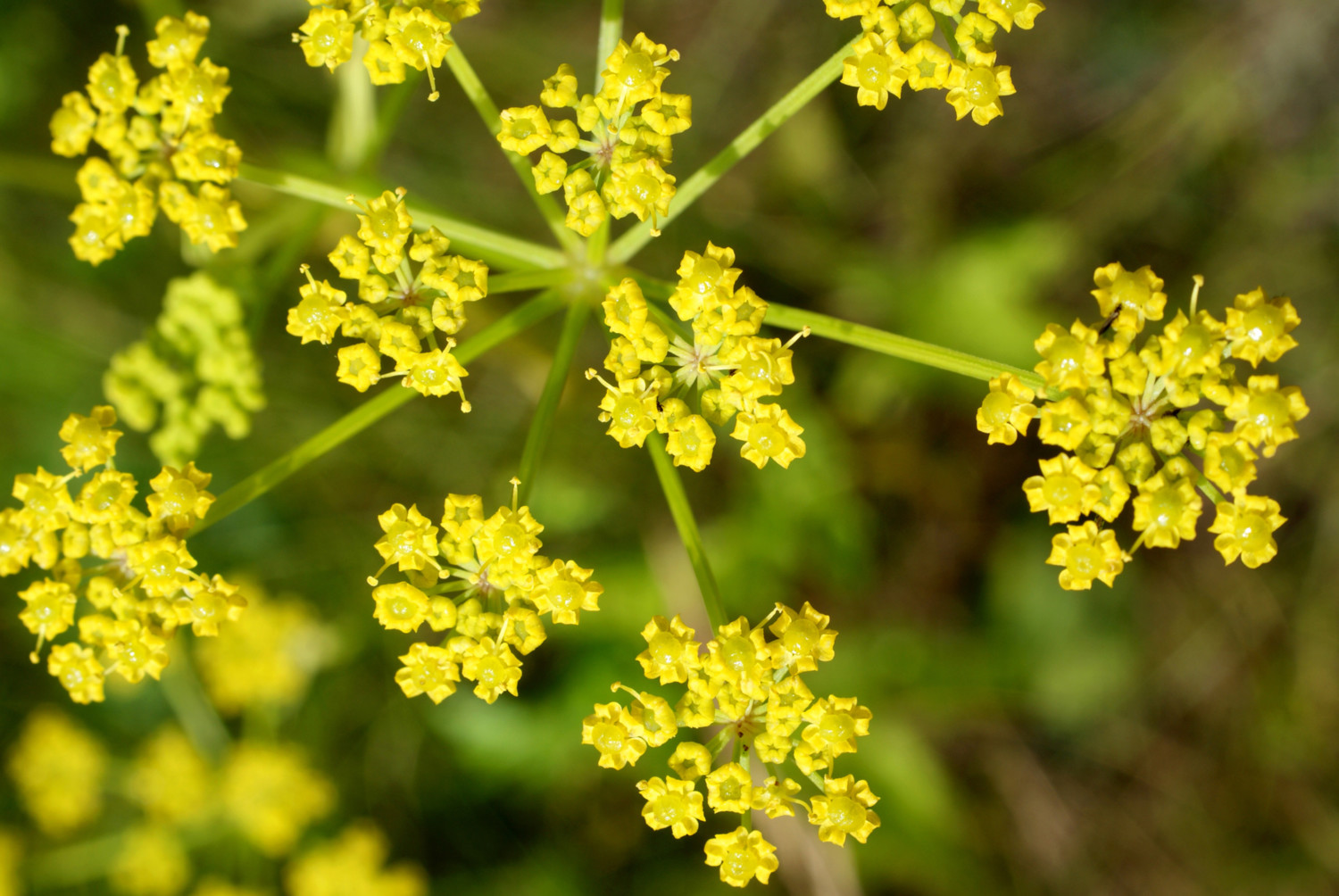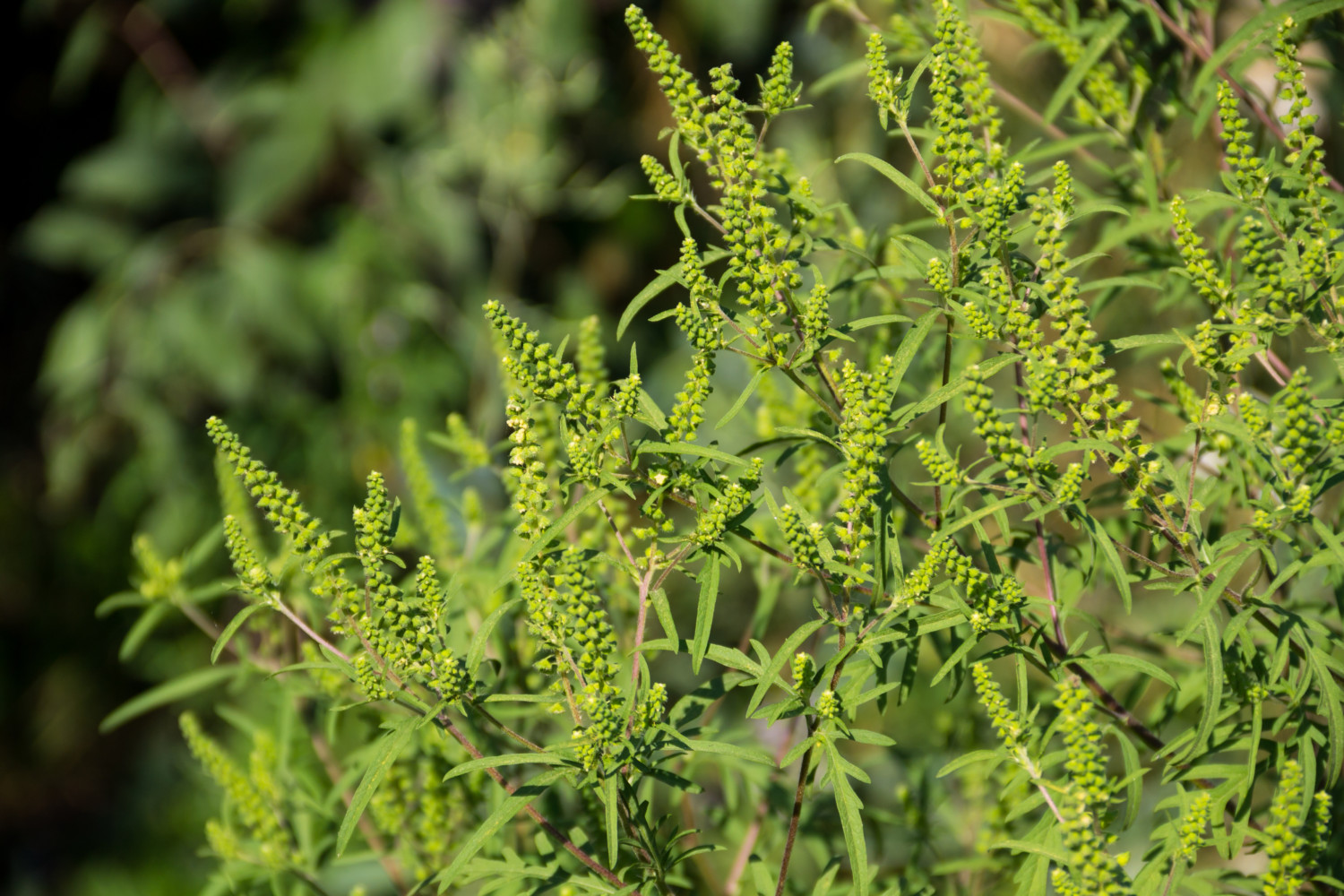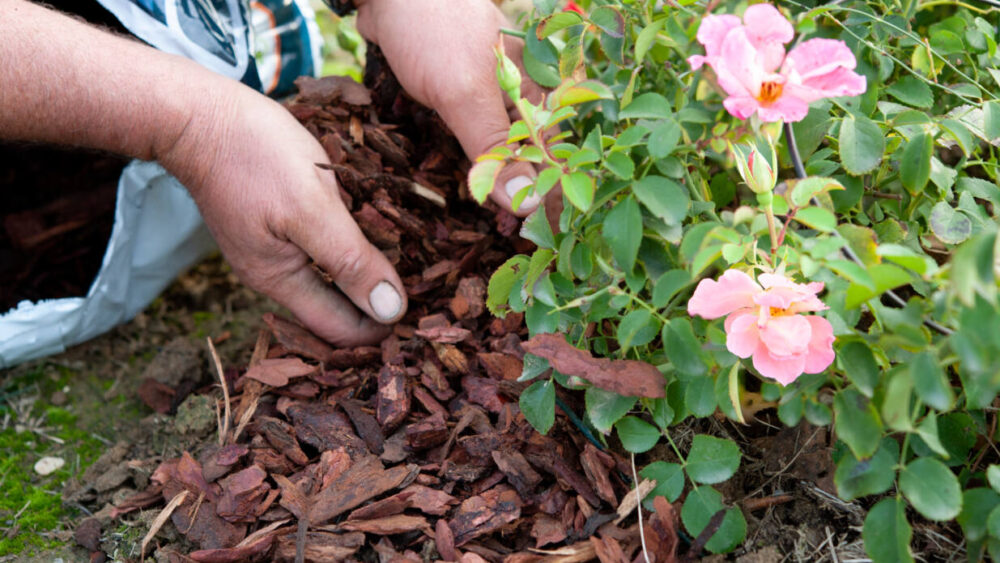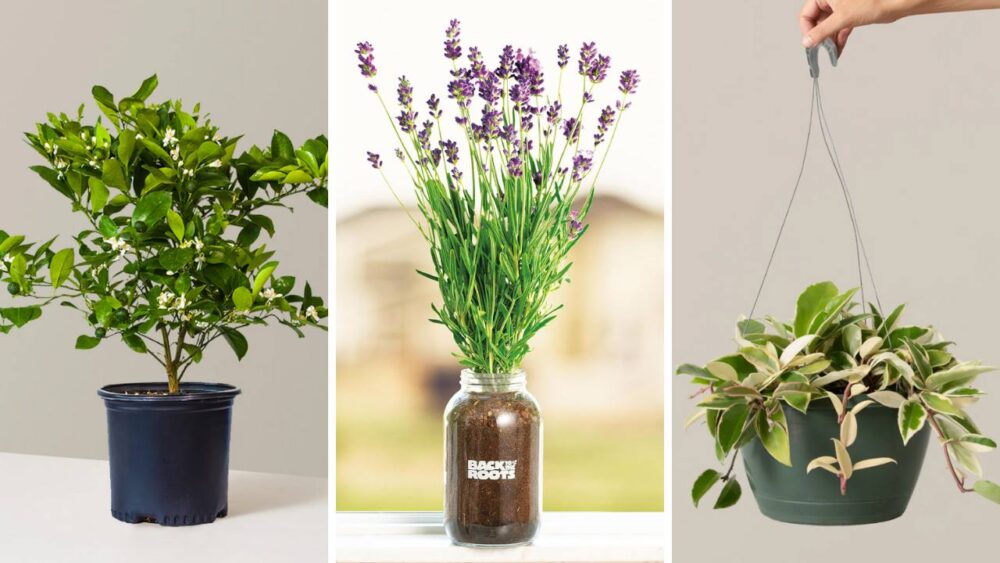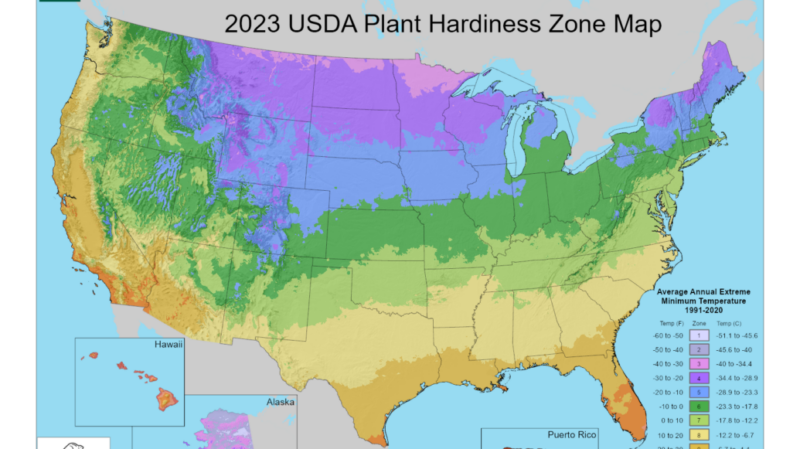6 plants that can give you a rash (besides poison ivy and poison oak)
Repeat after me: “Leaves of three, let it be.”
Most people who’ve spent time in the outdoors likely use this phrase to help them steer clear of poison ivy and poison oak. But what about the problematic plants that don’t have a catchy rhyme to warn people off? They’re out there, and some of these plants can cause much worse problems than poison ivy’s itchy rash.
Here’s a quick guide to some of the unfriendly forest flora you could meet on your summer adventures. Be safe out there!
Stinging Nettle
People like to cook and eat these spiky little leaves, but they’re likely to take precautions when picking: Stinging nettle is aptly named.
When touched, fine hairs on the plant inject histamine and formic acid — an ingredient in bee venom. (As a kid in rural Iowa, my legs would be covered in nettle stings from roaming the woods in summer. I can personally attest that just the slightest touch gets you a zap.)
According to the New Zealand Ministry of Health, the best thing to do with a patch of nettle rash is to wash gently with soap and water, then apply a paste of baking soda and water. Over-the-counter antihistamine medications or hydrocortisone cream can help, too.
Giant Hogweed
This invasive species gets a lot of press as it spreads through the mid-Atlantic region, New England and spots in the Northwest. It really is giant, sometimes growing over 10 feet tall with big bursts of white flowers.
It’s rather charming to look at, but giant hogweed is one tough customer. Contact with its sap can cause severe burns and scarring. The sap reacts with sunlight, so if you suspect you’ve brushed against the plant and have sap on your skin, take action.
The New York State Department of Environmental Conservation recommends immediately washing the area with soap and water. Then, check in with your doctor and stay out of the sun for 48 hours.
Wild Parsnip
Just like its cousin giant hogweed, wild parsnip looks unthreatening but can cause painful injuries. Found throughout North America, the parsnip’s sap reacts when exposed to sunlight and can cause serious chemical burns.
As with giant hogweed, immediately wash any skin that made contact, call your doc and keep the affected area out of the sun.
Queen Anne’s Lace
Yet another pretty face with a bad attitude, Queen Anne’s Lace is found almost everywhere in the contiguous United States and Canada. The good news here is that not everyone will react to a brush with Queen Anne’s Lace.
According to the U.S. Fish and Wildlife Service, folks with sensitive skin should steer clear, as it can cause irritation and blistering. If you’re not sensitive, you should still be careful — don’t touch unless you’re totally sure the plant is Queen Anne’s Lace and not, say, giant hogweed. (Tip: Queen Anne’s Lace only grow to 1 to 2 feet tall.)
Ragweed
Most people think of their allergies when they think of ragweed, but this annual summer resident can even bug your skin. Contact dermatitis — itchy, red skin and hives — may result from touching the plant or its abundant pollen.
Ragweed season reaches its peak in mid- to late August and lasting until the first fall frost.
If you come across ragweed in the wild, which is incredibly common, make sure you get your exposed skin nice and clean later. If you do get itchy hives, take a cool bath or apply cool compresses, use an over-the-counter anti-itch cream or antihistamine and try not to scratch! (Easier said than done.)
Ranunculus Family
They are almost too cute to resist, so you should probably grab some gloves before you pick anything resembling a buttercup. Members of the Ranunculus family secrete a toxin called protoanemonin when injured. The compound causes a rash and itching on contact, and could cause blistering, too. It’s irritating to the eyes, so don’t go touching them if you’ve been on a buttercup bender.
According to National Capital Poison Control, the best practice—s for a buttercup burn (or any plant irritation) are to quickly wash the area, use a steroid anti-itch cream and keep an eye out for signs of infection. And, as always, call your doctor if you get concerned.



